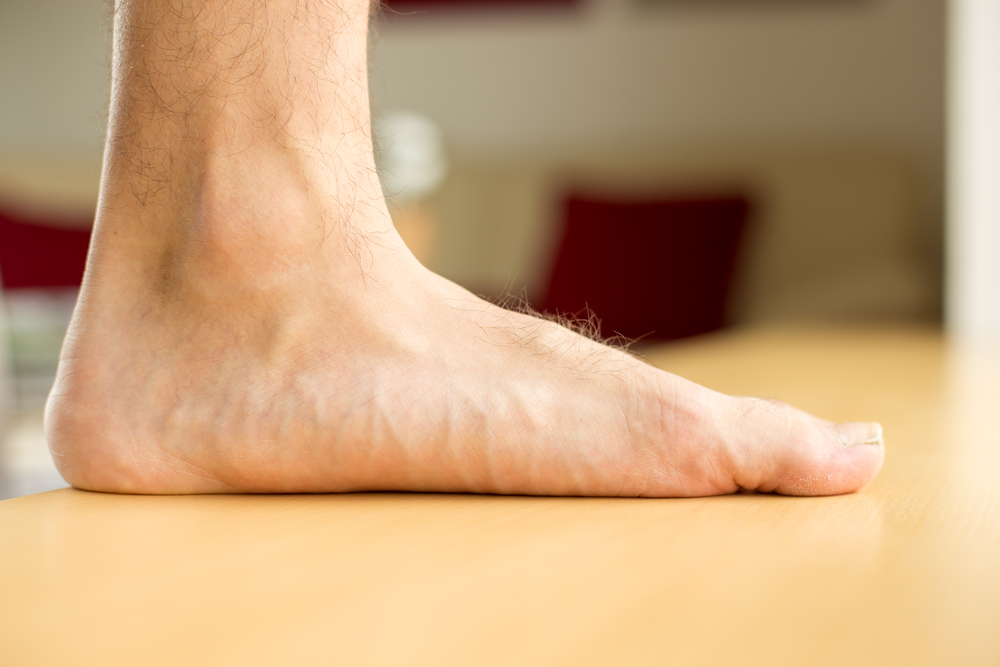
Laura Schweger, DPM, and Evan M. Ross, DPM, the highly-trained podiatrists at Optima Foot and Ankle, offer a variety of conservative and surgical treatments for flat feet. They can also fit you for custom orthotics at their practice locations in Bend, Oregon and Redmond, Oregon. If you have flat feet that cause pain or interfere with your physical activities, call the office or book an appointment online today.
contact usWhat are flat feet?
Flat feet are a common and typically painless condition that develops when the arches on the inside of your feet fall flat. This allows the entire sole of your foot to touch the ground when you stand up.
Pain in the ball of your foot and a feeling like you’re standing on a pebble may be due to a neuroma. The expert podiatrists at Optima Foot and Ankle diagnose and treat both flat feet and neuromas.
There are many types of flat feet. The most common is called flexible flat foot, which occurs when the arches of your feet don’t develop as they normally would during childhood. All children have flat feet when they’re born. Flexible flat foot persists throughout adolescence and adulthood and often worsens over time.
What causes flat foot?
Flat feet occur when the ligaments in your feet aren’t strong enough to support an arch. Flexible flat foot is a hereditary condition present at birth, but adults can also develop flat feet later in life. Injuries like a foot fracture and medical conditions like arthritis can cause adult-onset flat foot.
What are the symptoms of flat feet?
Flexible flat feet usually affect both feet. It’s called flexible because the arches only flatten when standing and reappear when they’re not bearing weight. Most of the time, flexible flat foot doesn’t cause pain or symptoms.
When flat feet do cause symptoms, they may include:
- Pain in the heel, arch, or ankle
- Pain along the shin bone
- Pain in the low back, hips, or knees
- Fatigue in the feet or legs
Flat feet may also cause your ankles to roll inward – a condition called overpronation.
How are flat feet diagnosed and treated?
To diagnose flat feet, your provider carefully evaluates your foot structure and function. They may also check the wear pattern on the bottom of your shoes for signs of overpronation and take imaging tests, like an X-ray or ultrasound.
Then, your provider recommends the best course of treatment for your specific needs. Depending on the severity of your condition, treatment for flat feet may include switching to more supportive shoes or wearing orthotic devices.
Your provider evaluates your feet for custom orthotics right in the office. Then, they send the specifications for your orthotics to a lab to be made off-site, and you pick them up when they’re ready.
If your flat feet are due to an injury, like a tendon tear, your provider may recommend surgery.
For expert treatment of flat foot, call Optima Foot and Ankle or book an appointment online today.
